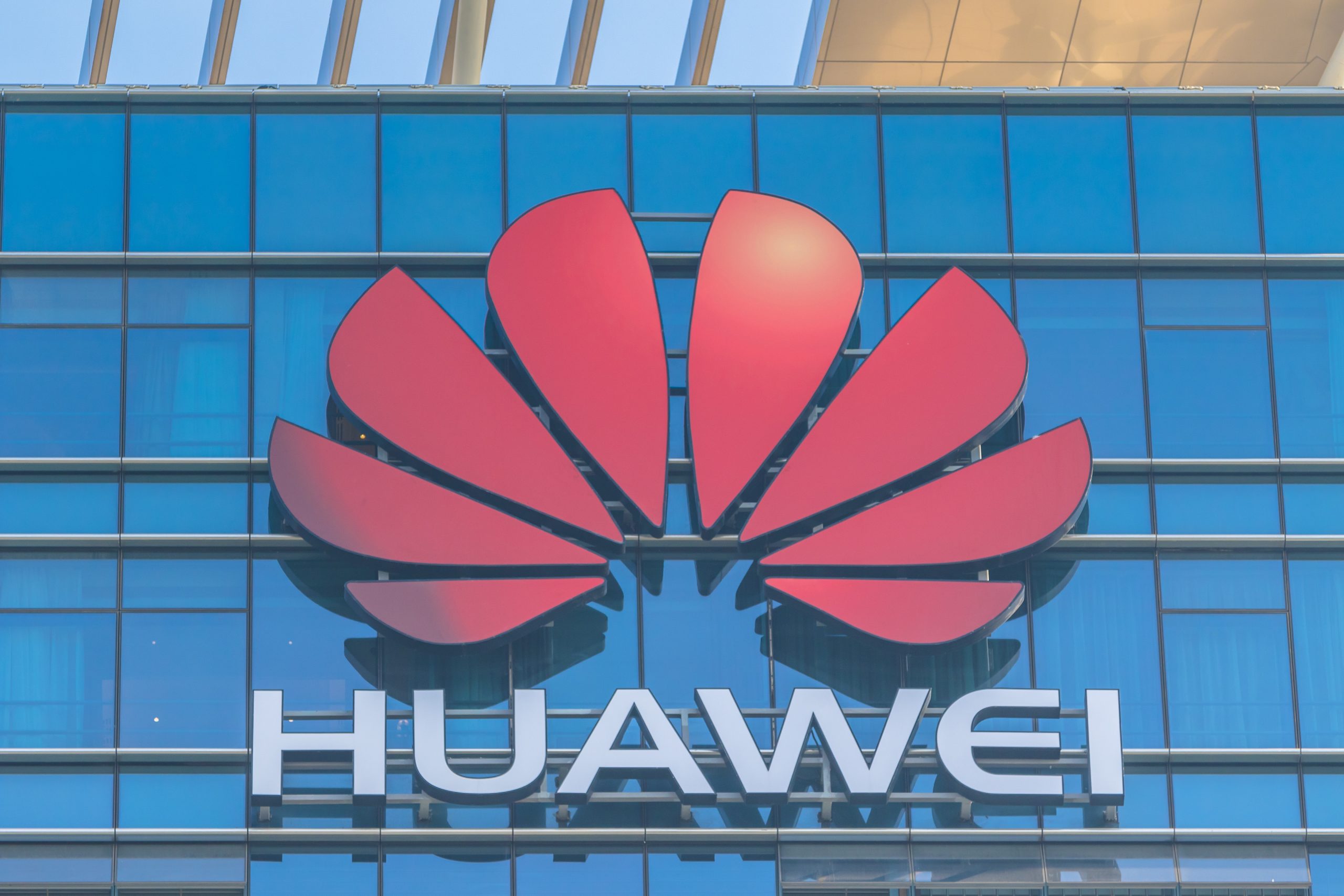By Ben Miller
Once upon a time, tech founders built toward IPOs — not tender offers. In 1999, the median tech startup went public just five years after its founding. Today, that figure has stretched to 14 years. Instead of ringing the opening bell, founders are increasingly turning to private liquidity, keeping equity locked in private hands long past the company’s breakout success.
That shift has created a far bigger — and increasingly private — pie. In 2005, the combined value of the 50 most-valuable private U.S. tech companies was less than $5 billion. Today, that number stands at $1.8 trillion. Over the same period, private markets have matured from niche pools into deep oceans, with global private-market assets under management surpassing $15 trillion — up from just $100 billion in the mid-1990s, a 150x increase.
As a result, we’re entering an era where the most transformative value — like the $20 trillion impact projected from AI — could be created almost entirely within private markets, widening the wealth gap between insiders and everyone else.
The long-standing objections to broader VC participation — risk, illiquidity, transparency and fees — are rapidly losing relevance.
Let’s take them one by one.
‘Venture capital is too risky’
Risk is not monolithic. Late-stage companies such as Stripe, Databricks or Canva look far more like mid-cap public equities than garage-stage moonshots. Investors can capture meaningful upside and diversify against individual company blow-ups by thoughtfully constructing a portfolio of 30 to 40 late-stage (post-Series C) funding rounds.
‘But it’s illiquid’
Illiquidity is relative. Half of U.S. public equities are already locked in passive funds that rarely trade. Meanwhile, the private secondary market hit a record $162 billion in transaction volume in 2024 — and continues to grow. Publicly registered VC funds can also hold 20% to 30% of assets in stocks or Treasuries to meet redemptions, bridging short-term liquidity needs with long-term exposure.
‘There isn’t enough oversight’
That’s changing. New publicly registered, evergreen VC funds, like the Fundrise Innovation Fund, are subject to SEC filings, audited financials and daily NAV disclosures. Retail investors are now getting more transparency in private markets than they do in many traditional mutual funds.
‘The fees are outrageous’
Historically, yes. 2% management fees plus 20% carry were the norm. But new models are emerging. The Fundrise Innovation Fund, for instance, owns equity in nine of the 10 most well-known private U.S. tech companies — including OpenAI and Anthropic — and charges no carried interest, only a flat 1.85% management fee.
So why democratize VC now?
Momentum is finally on the side of access. In June 2025, the House passed the Fair Investment Opportunities for Professional Experts Act in a 397-12 landslide, directing the SEC to open private markets to knowledgeable investors, regardless of net worth.
The scale of the opportunity is enormous. Missing out on a $20 trillion AI wave isn’t just unfortunate — it’s locking out the majority of Americans of a generation-defining creation of wealth. Private tech also provides diversification in an era when public portfolios are dominated by the “Magnificent Seven.” And with 60% of public equity assets held passively, denying those same long-term investors access to private growth feels increasingly arbitrary.
Venture capital will always carry risk — but so did buying Amazon in 1997 or Nvidia in 2015. What’s changed is the timeline: Today, the lion’s share of value is created before companies ever go public.
Publicly registered VC funds are a breakthrough. They pair regulatory oversight with access to innovation, offering everyday investors a chance to participate in the upside of early-stage growth. Just as ETFs transformed public markets, these vehicles could reshape the future of private capital.
The arc of innovation bends toward abundance. It’s time for venture finance to bend with it — toward the many, not the few.
Ben Miller is the CEO and co-founder of Fundrise, the leading direct-to-consumer alternative investments manager.
Related reading:
Illustration: Dom Guzman

Stay up to date with recent funding rounds, acquisitions, and more with the
Crunchbase Daily.








